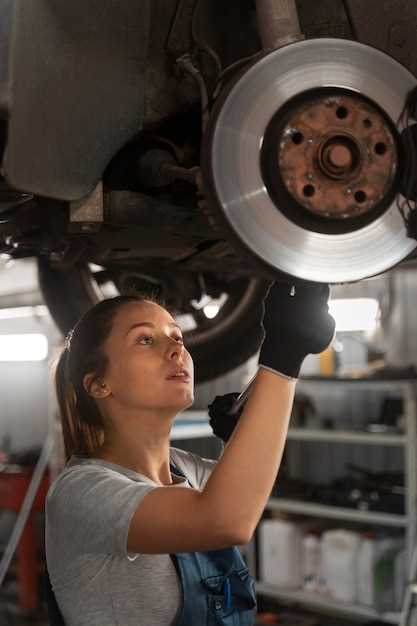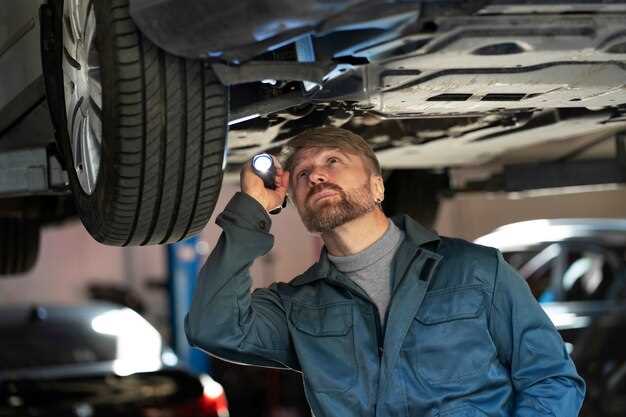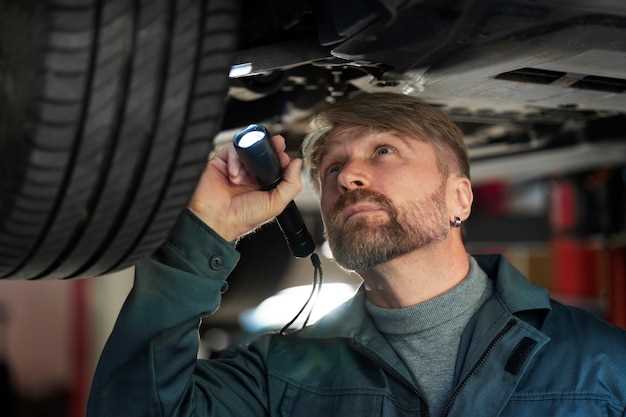
Your vehicle’s brakes are one of the most critical components for ensuring safe driving. Over time, however, the wear on brake pads and other systems can lead to decreased performance. Recognizing the early signs of brake wear can save you from dangerous situations on the road and costly repairs down the line.
Understanding the subtle indicators that your brakes may need replacement is essential for any vehicle owner. Strange noises, reduced responsiveness, and warning lights on your dashboard are all key signs that your braking system is not functioning optimally. Ignoring these symptoms can result in serious safety risks, making it imperative to address any issues promptly.
This article will explore the common signs that indicate it’s time to replace your vehicle’s brakes, helping you to maintain not only your vehicle’s performance but also your safety and the safety of others on the road. Keep reading to learn what to watch for as your brakes undergo wear and tear over time.
Identifying Warning Sounds from Your Brakes

One of the most crucial signs that your brake pads may need replacement is the presence of unusual sounds when braking. These noises can serve as indicators of underlying issues that require attention.
A persistent high-pitched squealing or squeaking noise often suggests that your brake pads have worn down and are nearing the end of their lifespan. Most brake pads are equipped with wear indicators, which create this sound to alert drivers that it’s time for a replacement.
If you hear a grinding noise when applying the brakes, this is a more severe warning sign. Grinding typically occurs when the brake pads have completely worn away, allowing the metal backing plate to make contact with the brake rotor. This can lead to significant damage and costly repairs if not addressed promptly.
Additionally, a rattling or knocking sound may indicate that the brake pads are loose or that there is an issue with the brake hardware. This can compromise the effectiveness of your braking system, suggesting the need for immediate inspection.
In summary, paying attention to any warning sounds from your brakes is essential. If you experience squealing, grinding, or rattling noises, it’s advisable to consult a professional mechanic to assess the condition of your brake pads and ensure your vehicle remains safe on the road.
Recognizing Physical Signs of Brake Wear

One of the most important aspects of vehicle maintenance is monitoring the condition of your brakes. Regularly checking for physical signs of wear can help prevent potential accidents and costly repairs. Pay attention to the brake pads, as they are designed to provide maximum stopping power and should be in optimal condition at all times.
Visually inspecting the brake pads can reveal crucial details about their wear. If the pads appear thin, typically less than a quarter of an inch, they are likely nearing the end of their lifespan and should be replaced. Additionally, if you see uneven wear patterns, such as one side being significantly thinner than the other, this indicates an issue with the brake system that needs immediate attention.
Noise is another physical sign to consider. Squeaking or squealing sounds when applying the brakes are often a clear indication that the pads are worn down and need to be evaluated. Many brake pads have built-in wear indicators that produce a high-pitched noise to alert drivers when replacement is necessary.
Furthermore, vibrations in the brake pedal during braking can signify unevenly worn pads or other brake system issues. If you experience a pulsing sensation, it may be time to inspect the pads and consider replacing them. Additionally, if you notice a decrease in braking responsiveness, this can indicate significant wear and should be addressed promptly.
Checking for brake dust can also provide insight into brake pad wear. Excessive dust buildup on the wheels may indicate that the pads are wearing unevenly or that the material is not of high quality. Keeping an eye on these physical signs will help maintain your vehicle’s safety and ensure your brakes function effectively.
Understanding the Role of Brake Pads in Performance
Brake pads are critical components of your vehicle’s braking system, directly influencing its overall performance and safety. They work by creating friction against the brake rotor, which slows down or stops the vehicle when pressure is applied to the brake pedal. Without properly functioning brake pads, your vehicle’s ability to stop effectively can be compromised.
One of the primary signs that your brake pads need attention is a decrease in braking efficiency. This can manifest as longer stopping distances or a spongy feel when you press the brake pedal. As brake pads wear down, their ability to grip the rotors diminishes, leading to increased stopping times and potential safety hazards.
Another important factor to consider is the quality of the materials used in brake pads. High-performance pads can significantly improve braking response, enhancing your driving experience. Conversely, low-quality pads may wear out faster and cause additional damage to other braking components, such as rotors.
Regular inspection of your brake pads is essential for maintaining optimal performance. Look for visual signs of wear, such as thinning pads or uneven surfaces. Additionally, listen for any unusual noises during braking, such as squeaking or grinding, which may indicate that your brake pads are worn and need replacement.
In summary, understanding the role of brake pads is vital for ensuring your vehicle operates safely and effectively. Recognizing the signs of wear and acting promptly can prevent more extensive repairs and enhance your overall driving experience.





